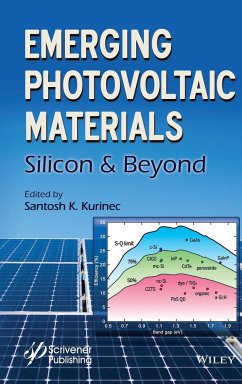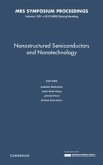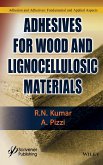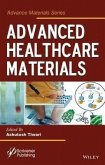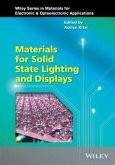This cutting-edge book focuses on recent developments in emerging 4G photovoltaic materials that leads the way to continuous technological developments in achieving higher solar PV module efficiencies with improved manufacturing processes. Emerging Photovoltaic Materials is divided into 6 parts with 19 chapters from world class researchers. Part 1 examines silicon photovoltaics with chapters on the continuous Czochralski (CZ) process to produce single crystalline silicon; the development of silicon-based materials for advanced solar cells; and the recycling routes for silicon PV modules used to recover valuable materials such as silver, copper, aluminum, and high-grade silicon. Part 2 consists of five chapters dedicated to emerging new PV materials with chapters on the fundamentals of ferroelectricity applied to PV; the emerging cubic tin-based chalcogenides (SnSe, SnS, and SnTe); the effect of doping of TiO2 nanoparticles with Cu, Al and Tm on the photocatalytic activity of dye-sensitized solar cells; an in-depth phenomenological approach to the photovoltaic effect in multiferroics; the growth of multinary transparent conducting oxides from the Zn-Sn-In-Ga oxide system for application as transparent conductors in photovoltaics. Part 3 is dedicated to a comprehensive review of perovskite solar cells as well as the low and high doping of MAPbI3 perovskite in Pb2+ sites with various bivalent cations. Part 4 comprises chapters on organic photovoltaics (OPV) including applications with PECVD; heterojunction energetics and open circuit voltage in OPV; a review of crystalline, thin-film and earth-abundant PV materials; and the principles of designing organic materials with high dielectric constants. Part 5 ranges from quantum dot photovoltaics to novel nanomaterials and nanoprocessing used to achieve thin films; carbon nanomaterials employed in new architectures using dye- sensitized solar cells (DSSC), nanotube-Si heterojunction and perovskite cells; the fundamentals involved in the operation of quantum dot solar cells and the prevailing synthesis of QD-HIT and QD-sensitized solar cells; near-infrared (NIR) responsive hybrid QD/perovskite solar cells. Part 6 concludes the book with chapters on concentrator photovoltaics and the evaluation of panels under the given climatic conditions using PVsyst simulation software and incorporating it into the site-specific design of a photovoltaic system. Audience The book will be of interest to a multidisciplinary group of fields, in industry and academia, including nanotechnology, semiconductor engineering, physics, chemistry, materials science, biomedical engineering, optoelectronic information, photovoltaic and renewable energy engineering, electrical engineering, mechanical and manufacturing engineering.

